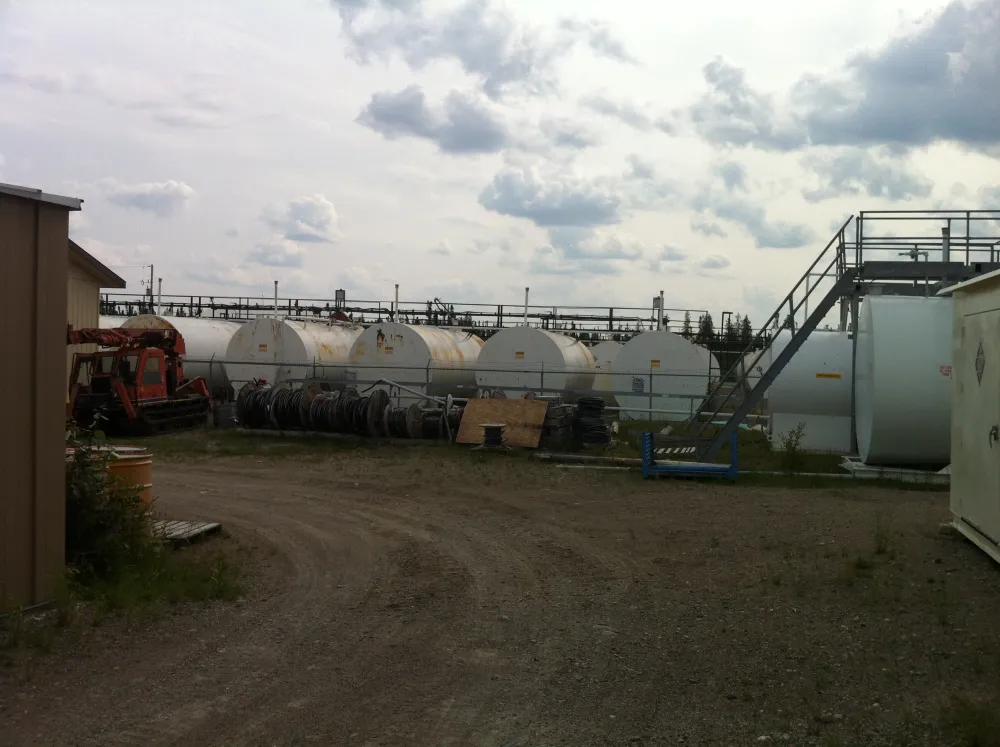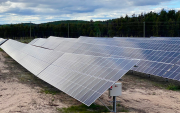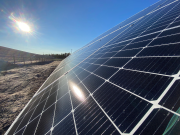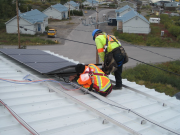This is the seventh publication in Remote Communities Energy in Transition, a series about challenges, opportunities, and solutions in integrating renewable energy into remote communities’ microgrids. These publications cover the advancements in technical, financial, and human capacity, energy policy, and regulations needed to transition remote communities to clean energy. For more publications, visit our Renewables in Remote Communities website.
In the past few years, important progress has been made toward reducing diesel dependency in remote communities. As a result of years of leadership and work within Indigenous communities to build capacity, impressively large renewable energy projects are coming on-line, and communities are leading their own energy transition. Increases in government funding programs that support diesel reduction projects have been important to recent progress. There’s no doubt, however, that we have a long way to go to reach the federal government’s 2030 goal of eliminating diesel-powered electricity generation in remote communities, and to eliminate diesel use for heat as the country works toward the larger goal of net-zero carbon emissions by 2050. To achieve these goals, we need to start with data: Just how much diesel is used annually in these remote communities, and what diesel reduction projects are coming online that will lower diesel use?
 To fill this knowledge gap, we undertook research, modelling and analysis to track diesel reduction progress. This research is the first national collection and quantification of renewable energy systems in remote communities over the past several decades, with detailed attention on the past five years, and a start to quantifying energy efficiency initiatives. (Full details of our model development and approach, assumptions and limitations can be found in our technical report).
To fill this knowledge gap, we undertook research, modelling and analysis to track diesel reduction progress. This research is the first national collection and quantification of renewable energy systems in remote communities over the past several decades, with detailed attention on the past five years, and a start to quantifying energy efficiency initiatives. (Full details of our model development and approach, assumptions and limitations can be found in our technical report).
Our research focused specifically on electricity and heat provisioning in residential, community and commercial buildings in remote communities across Canada, the majority of which are Indigenous communities. The research then modelled four main pathways – select energy efficiency initiatives, renewable heat, renewable electricity, and connections to provincial or territorial electricity grids – to determine where we’re at and what’s needed in the clean energy transition in remote communities across Canada.
The big picture – progress on diesel reduction
Looking at the four pathways, the research shows unprecedented growth in renewable energy projects over the past five years. In this time, the number of renewable energy projects has nearly doubled – from 96 in 2015 to 178 as of 2020. Based on data available in an energy policy study from 2018, this is nearly equal to renewable energy adoption achieved over the previous 40 years. This recent progress has resulted in a combined diesel-equivalent reduction of 12.3 million litres per year – comparable to almost five Olympic-size swimming pools of diesel fuel no longer being transported by air, rail, ship or transport truck and then burned in remote communities.
![]()
Over the five-year period, remote communities have installed more than 11 times the amount of solar photovoltaic systems compared to what was installed as of 2015, and the average solar project grew from 20 kW to an inspiring 500 kW. Collectively, these projects are tapping into an additional 41,000 MWh of renewable energy every year. Additionally, the few remote communities that connected to provincial grids over the past few years have shut down their diesel generators and can now look to interesting opportunities around electrification for heating and transportation.
Lastly, there is meaningful effort underway to improve energy efficiency in remote communities, through better demand side management, energy efficiency upgrades, high-efficiency wood stove replacement programs, deep retrofit and housing renewal programs, fuel switching efforts, and overall smart energy management.
Beyond the obvious environmental benefits that come from moving off diesel fuel, most importantly, transitioning to energy supplied by local renewable energy projects will bring job growth and economic independence through an economy built on local resources, skills and businesses.
Still a long way to go
While the progress over the past five years has been good, our research found that, in 2020, diesel use in remote communities is estimated at 682 million litres per year; two-thirds for heat and one-third for electricity. We have a lot of work to do to reach the federal government goal of eliminating diesel-powered electricity in northern and remote communities by 2030, not to mention eliminating diesel use for heat as the country works toward the larger goal of net-zero carbon emissions by 2050.
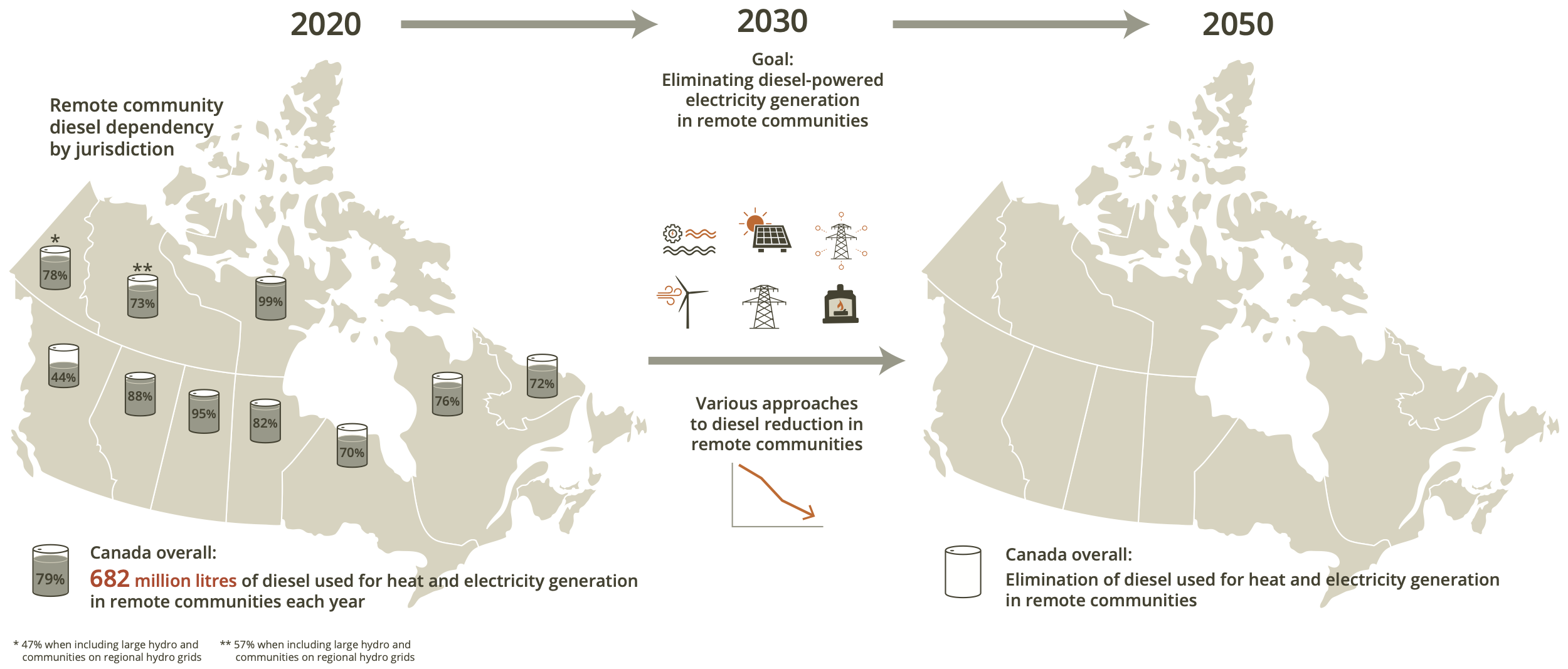
These ambitious but necessary commitments must now be met with direct action and policy uptake so that the energy landscape in remote communities can fundamentally shift over the next few decades. This will require collaboration and support from provincial and territorial governments, utilities and regulatory boards to consistently prioritize Indigenous-led projects that are envisioned and developed from within the communities. The International Energy Agency’s 2019 report states renewable energy will grow 50% over the next five years. The right climate and energy policy and regulatory environments need to be in place to ensure Indigenous communities aren’t left out of the opportunity to lead their own energy future. We recently mapped out some recommendations to the federal government to prioritize Indigenous-led diesel reduction efforts, and our review of the recent BCUC recommendations provides insight into what is possible with respect to Indigenous energy sovereignty.
Where do we go from here?
Our diesel reduction report provides a baseline of current diesel use in remote communities, and a clear understanding on both the goals and opportunities associated with transitioning to locally owned and led diesel reduction projects. The next step is to model the benefits of diesel reduction to be gained from further energy efficiency initiatives, differentiating between government/utility projects and Indigenous-led projects, and quantifying upcoming projects that will be commissioned over the next several years. Deeper collaboration, further capacity support to remote communities, recognition and integration of Indigenous wisdom, leadership and experience, and more supportive energy policies that improve the economic case for diesel reduction projects are all critical facets to ongoing success.
Remote Communities Energy in Transition
Publications in this series:
- Diesel, renewables, and the future of Canada’s remote communities
- The True Cost of Energy in Remote Communities
- Remote communities meet renewable energy solutions
- The future of the electric utility in Canada’s remote communities
- Rebuilding Canada’s economy includes energy resiliency in remote communities
- How B.C. can be a leader in economic reconciliation
- Tracking diesel reduction progress in remote communities

